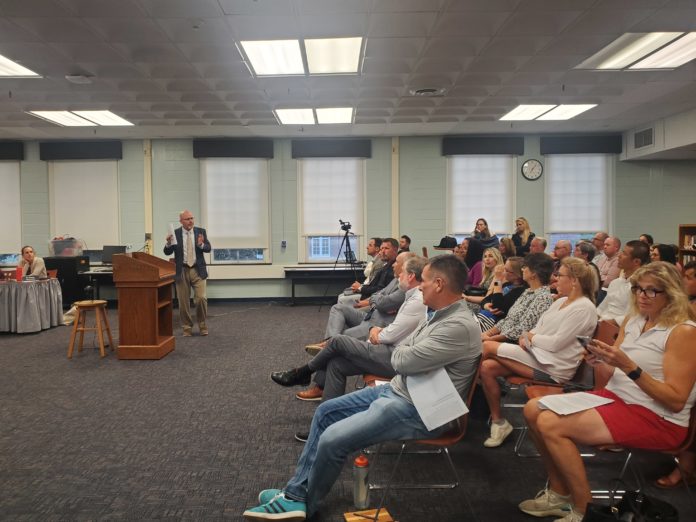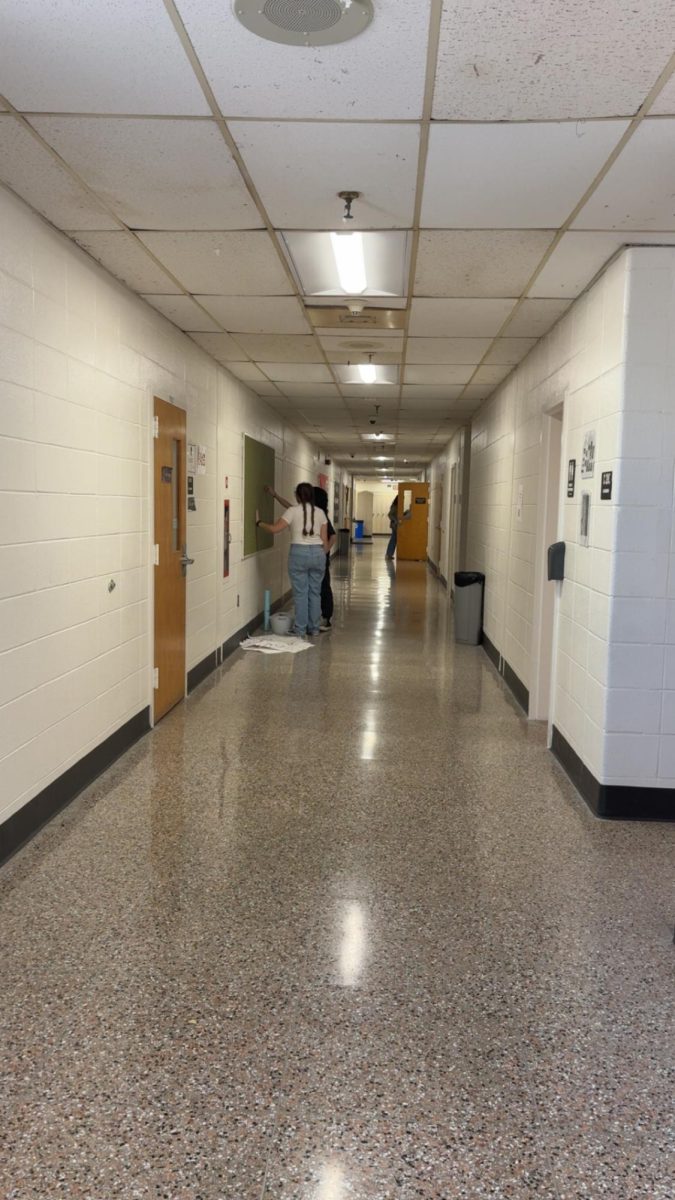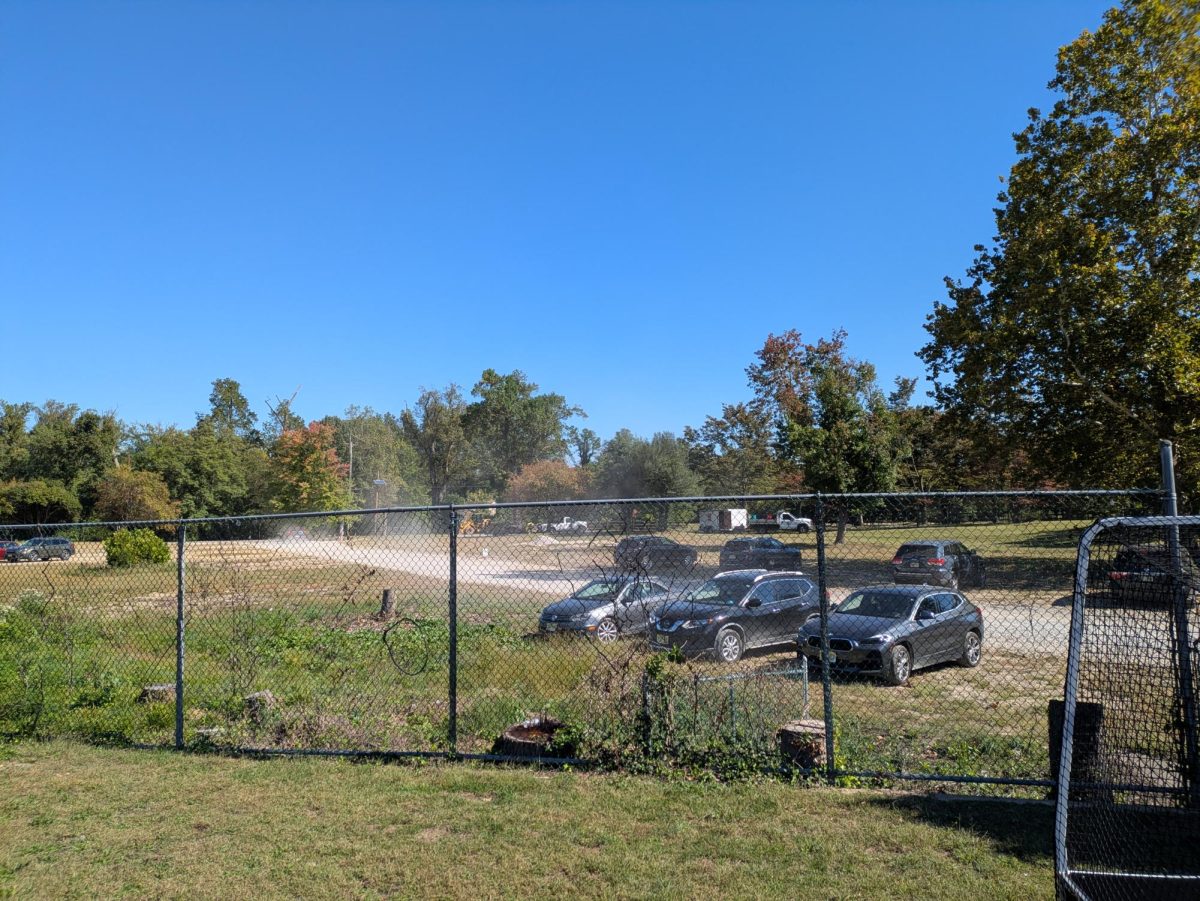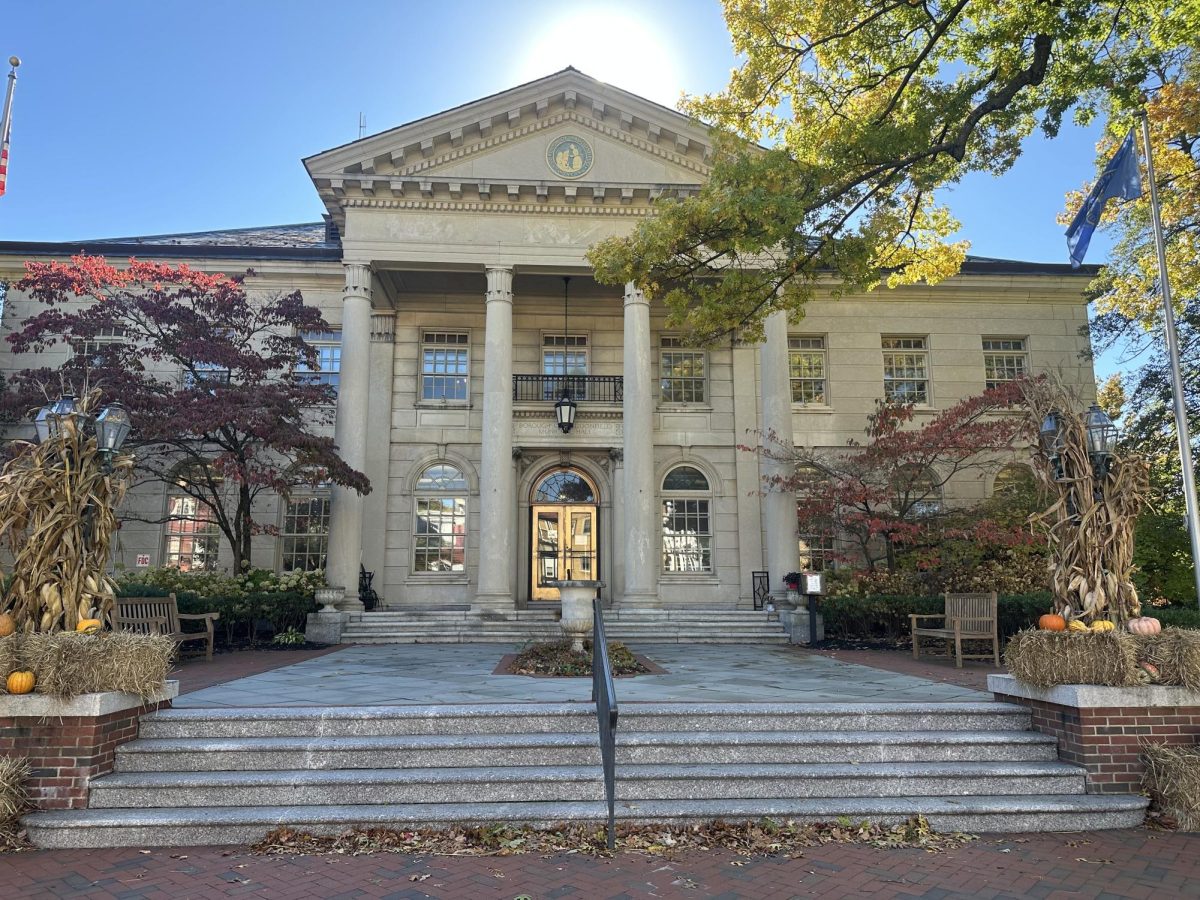In January, Haddonfield Memorial High School unveiled major changes to science classes and requirements that will take effect beginning in the 2025-2026 school year. Decided as a result of a K-12 science audit taking place this year, the changes include the creation of two semester-long physics and environmental science classes, new graduation requirements beginning with the Class of 2027, and accelerated classes moving from seven to six periods per week. The reaction from students, parents, and community members has been mixed: some praise the changes for allowing greater flexibility in students’ schedules, while others say it will actually limit students’ abilities to take the electives they want for both science and non-science courses.
The science audit process that resulted in the changes was led by a committee of teachers representing all grade levels and considered input from students, parents, and teachers, said Mr. Matthew DiDonato, the school district’s supervisor of math and science. Earlier this year, HMHS students completed a survey in homeroom asking about their experiences with science classes at the high school. “We learned through the survey about a significant number of students who missed out on taking a class they were interested in because of the additional lab periods,” said Mr. DiDonato. He said this drove the decision to reduce the number of periods per week for accelerated science courses to six. (College Prep science courses already were at six periods per week, and AP science classes will remain at seven for now. All non-science courses at HMHS are at five.) According to statistics Mr. DiDonato presented at a Board of Education meeting in December, the amount of instructional time for accelerated and College Prep science courses will continue to meet or exceed Haddonfield’s peer districts even with the change.
The largest and most controversial change made was the addition to science-related graduation requirements, which coincides with the creation of new semester-long physics and environmental science courses. Previously, students had to take at least three years (17 credits) of science, with only biology and chemistry being mandated and the freedom to choose from physics, environmental science, or electives such as forensics or astronomy for the remaining credits. But Mr. DiDonato said that created gaps with regard to New Jersey’s state science standards, which “include physical science, life science, earth science, and engineering.” Because no specific classes besides biology and chemistry were required, “many of our students were choosing course sequences that did not address major chunks of the standards.” He said that students who do not take an environmental science course at any point, which is almost a third of the current senior class, miss out on 27% of the state standards. Under the new system, students will be required to take an environmental science and physics course in addition to biology and chemistry. The new semester-long courses, Physics of Sports for Physics and Engineering for Resilience: Natural Disasters for Environmental Science, will satisfy these requirements, in addition to the existing full-year accelerated and AP courses.
While the new courses will offer flexibility for many students, who will now be able to complete the physics and environmental science requirements in one year, others who are already pursuing full science course loads with second-year AP courses may have to find room in their crowded schedules for the new requirements. One parent posting online in the Facebook group Haddonfield in the Know wrote that it would create “added schedule strain for some students,” saying that “requiring a half or full year of environmental science is ridiculous for students who are already planning on a full science schedule.”
One main point of criticism from some parents discussing the issue on Facebook was the application of the physics and environmental science requirements to the Class of 2027—rising juniors for the upcoming school year. “Many of them already have their schedules mapped out for the trajectory they want to take and there’s no going back to change that,” wrote one parent. Two others said it would force their children to take additional classes over the summer to meet graduation requirements. Mr. DiDonato said the decision was made to apply the requirements to rising juniors because freshman and sophomore science requirements of biology and chemistry remain unchanged, so there would have been a negligible impact on rising juniors’ course choices freshman and sophomore year had the requirements been known to them when entering high school. Asked about the effect it might have on students choosing to take science electives, he said that “initial course enrollment numbers indicate that enrollment in AP courses and other electives has mostly not been impacted,” with the exception of a small increase in AP Environmental Science enrollment.
The science audit process will continue throughout this year, focusing more on “taking a big look at what science instruction currently looks like and how we can make recommendations to improve that,” said Mr. DiDonato. He said that he hopes that the new physics and environmental science electives will “create motivating educational experiences that allow students to meet the standards in a way that’s exciting and relevant to their lives.”

















